
The Indian Institute of Technology Bombay is a public technical institute in Powai, Mumbai, Maharashtra, India. It is India's top Engineering institute.

Ladakh is a region administered by India as a union territory and constitutes an eastern portion of the larger Kashmir region that has been the subject of a dispute between India and Pakistan since 1947 and India and China since 1959. Ladakh is bordered by the Tibet Autonomous Region to the east, the Indian state of Himachal Pradesh to the south, both the Indian-administered union territory of Jammu and Kashmir and the Pakistan-administered Gilgit-Baltistan to the west, and the southwest corner of Xinjiang across the Karakoram Pass in the far north. It extends from the Siachen Glacier in the Karakoram range to the north to the main Great Himalayas to the south. The eastern end, consisting of the uninhabited Aksai Chin plains, is claimed by the Indian Government as part of Ladakh, and has been under Chinese control.
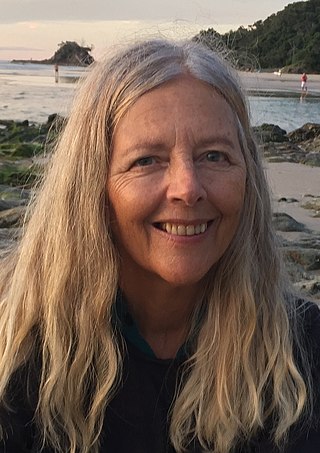
Helena Norberg-Hodge is founder and director of Local Futures, previously known as the International Society for Ecology and Culture (ISEC). Local Futures is a non-profit organization "dedicated to the revitalization of cultural and biological diversity, and the strengthening of local communities and economies worldwide."

The Central Arid Zone Research Institute (CAZRI) is one of the biggest research institutes of the Indian Council of Agricultural Research (ICAR), an autonomous organization working under the aegis of the Department of Agriculture Research and Education (DARE) of the Ministry of Agriculture and Farmers Welfare of Government of India. CAZRI has the distinction of being one of the first institutes in the world exclusively devoted to arid zone research and development. The institute made a humble beginning in 1952 when Government of India initiated Desert Afforestation Research Station at Jodhpur to carry out research on sand dune stabilization and for establishment of shelter belt plantations to arrest wind erosion. It was reorganized as Desert Afforestation and Soil Conservation Station in 1957 and finally in its present form Central Arid Zone Research Institute in 1959 on recommendation of the UNESCO (United Nations Educational, Scientific and Cultural Organization) expert, Prof. C.S. Christian of the Commonwealth Scientific and Industrial Research Organisation (CSIRO), Australia. In 1966, the institute was brought under the administrative control of Indian Council of Agricultural Research (ICAR), New Delhi.

The Ladakh Autonomous Hill Development Council, Leh is one among the two Autonomous District Council of Ladakh Union Territory. LAHDC Leh administers the Leh district of Ladakh, India.
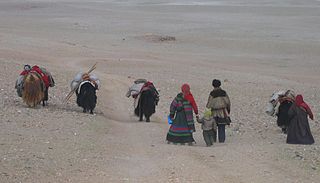
The Changtang is a part of the high altitude Tibetan Plateau in western and northern Tibet extending into the southern edges of Xinjiang as well as southeastern Ladakh, India, with vast highlands and giant lakes. From eastern Ladakh, the Changtang stretches approximately 1,600 kilometres (990 mi) east into Tibet as far as modern Qinghai. The Changtang is home to the Changpa, a nomadic Tibetan people. The two largest settlements within the Tibetan Changtang are Rutog Town the seat of Rutog County and Domar Township the seat of Shuanghu County.
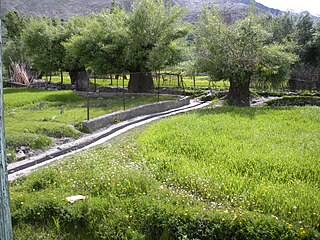
Sankoo is a town in a valley within the Kargil district of the Union Territory of Ladakh, India. This township is located approximately 42 kilometers south of Kargil city. The valley is shaped like a bowl and is fed by several large tributary streams of the Suru River, as well as the Nakpochu river.
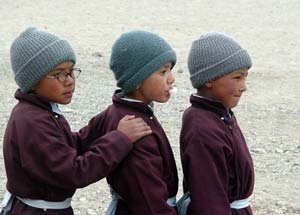
The Druk White Lotus School is located in Shey, Ladakh, in northern India, and is known locally as the Druk Padma Karpo School. Karpo means White and Padma means Lotus in the local language Bodhi.
Barefoot College, previously known as the Social Work and Research Centre ("SWRC") is a voluntary organisation working in the fields of education, skill development, health, drinking water, women empowerment and electrification through solar power for the upliftment of rural people, which was founded by Bunker Roy in 1972. It is registered under Friends of Tilonia Inc.

National Highway 1D, also known as Srinagar–Leh Highway, was a National Highway in the state of Jammu and Kashmir that connected Srinagar to Leh in Ladakh. The Srinagar-Leh Highway was declared as National Highway in 2006. It is now part of National Highway 1 that extends west to Uri.
Ladakh Renewable Energy Development Agency (LREDA) is a renewable energy initiative in Ladakh, a mountainous region of India. It has been called "the largest off-grid renewable energy project in the world."
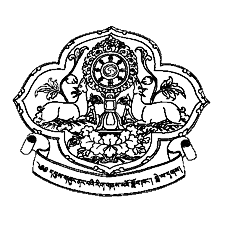
The Central Institute of Buddhist Studies, formerly known as the School of Buddhist Philosophy, located in Leh town of Ladakh is a deemed university under Ministry of Culture. It was founded in 1959 and formerly affiliated to the Sampurnanand Sanskrit University in Varanasi.

National Highway 1 in India runs between the union territories of Jammu & Kashmir and Ladakh. It comprises parts of old NH1A and NH1D. The number 1 indicates, under the new numbering system, that it is the northernmost East-West highway in India.
Tangtse or Drangtse (Tibetan: བྲང་རྩེ, Wylie: brang rtse, THL: drang tsé) is a village in the Leh district of Ladakh, India. It is located in the Durbuk tehsil. Traditionally, it was regarded as the border between the Nubra region to the north and the Pangong region to the south. It was a key halting place on the trade route between Turkestan and Tibet. It was also a site of wars between Ladakh and Tibet.

Sonam Wangchuk is an Indian engineer, innovator and education reformist. He is the founding-director of the Students' Educational and Cultural Movement of Ladakh (SECMOL), which was founded in 1988 by a group of students who had been in his own words, the 'victims' of an alien education system foisted on Ladakh. He is also known for designing the SECMOL campus that runs on solar energy and uses no fossil fuels for cooking, lighting or heating.

Ice stupa is a form of glacier grafting technique that creates artificial glaciers, used for storing winter water in the form of conical shaped ice heaps. During summer, when water is scarce, the ice melts to increase water supply for crops. Channelling and freezing water for irrigation has existed for hundreds of years. It was invented, popularised and scaled up by Sonam Wangchuk in Ladakh, India as a piece of art and reform. The project is undertaken by the NGO Students' Educational and Cultural Movement of Ladakh. Launched in October 2013, the test project started in January 2014 under the project name The Ice Stupa Project. On 15 November 2016, Sonam Wangchuk was awarded the Rolex Awards for Enterprise for his work on ice stupa.

Stanzin Dorjai is an Indian documentary filmmaker from Gya in Ladakh, India. He has won many film festival awards for his film The Shepherdess of the Glaciers.
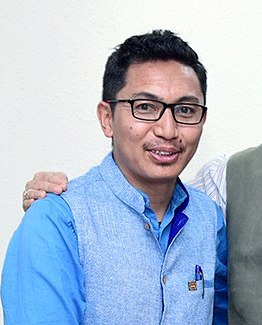
Jamyang Tsering Namgyal is an Indian politician and Member of Parliament from Ladakh, India's largest parliamentary seat geographically. Namgyal was elected, on 9 November 2018, to be the youngest and 8th Chief Executive Councillor (CEC) of Ladakh Autonomous Hill Development Council, Leh. He belongs to the Bharatiya Janata Party (BJP).

University of Ladakh (UOL), aka Ladakh University, is a public university located in Leh in Leh district of Indian Union territory of Ladakh.
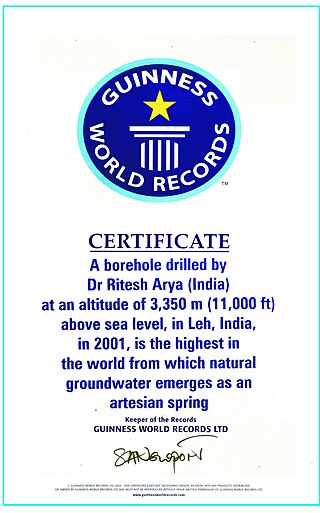
Ritesh Arya is an Indian geologist known for finding water at multiple locations in the high-altitude cold and mountainous desert of Ladakh, including the Siachen Glacier, which has made him a Guinness World Records holder. In 2014 he was Director Water and Geothermal Section at the International Sustainable Energy Organization (ISEO).

















